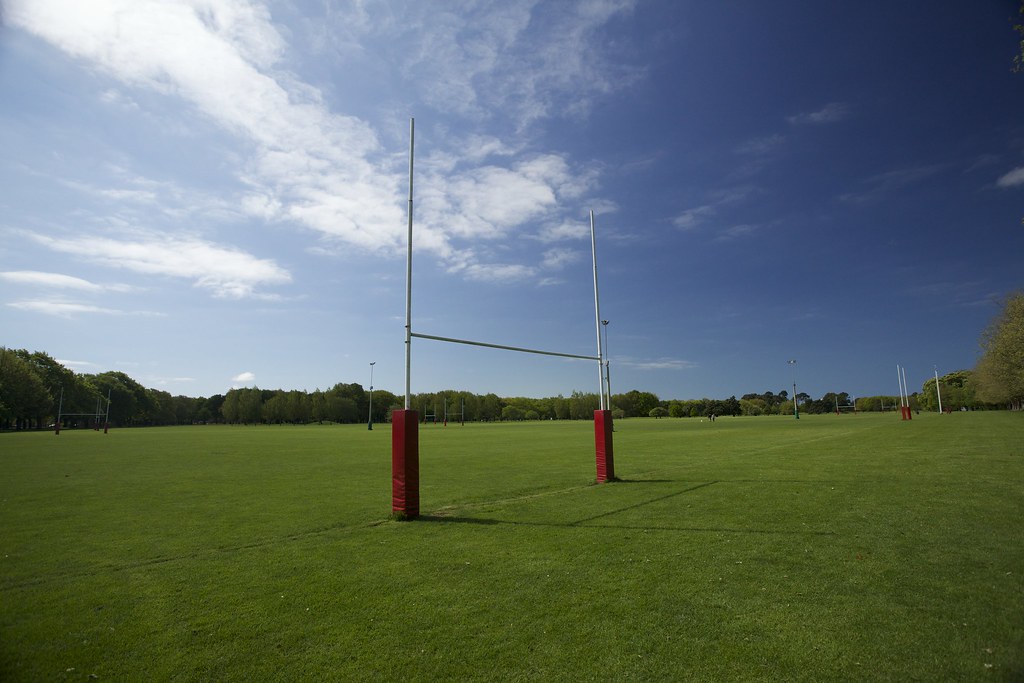There are many differences between full 15’s rugby and 7’s, so I’m only going to go over the general gist of how the two differ.
In 7’s, there are teams of 7 instead of 15, as the name suggests, as well as having 7 minute halves instead 40 minute halves. This is mostly because its fewer players dealing with just as much space as full 15’s. In the game, each team only has two props, a hook, a scrum half, a fly half, an inside center, and an outside center. All other positions in 15’s are dropped.
Rugby 7’s is what is currently played in the Olympics.
Rugby 7’s is a faster-paced game and is more speed and passing the ball oriented than slowing down the game and crash with the ball oriented. That, however, doesn’t mean don’t play smart rugby. Look before passing the ball, tackle low, and ruck. From my experience playing 7’s, most teams don’t ruck, so this is important in gaining and maintaining possession of the ball.
https://www.youtube.com/watch?v=gBci5AH5N8g
Take note of how quickly the ball is passed. Rucks have one person in them when they form. The scrum half passes it out faster than would happen in 15’s.
Getting in a solid, clean pass is still important. Sloppiness can lead to knock-ons (where the ball is knocked forward during an attempted pass and causes a scrum) and dropped balls. If a good pass cannot be completed and you don’t have anyone with you, it is OK to go down with the ball.









